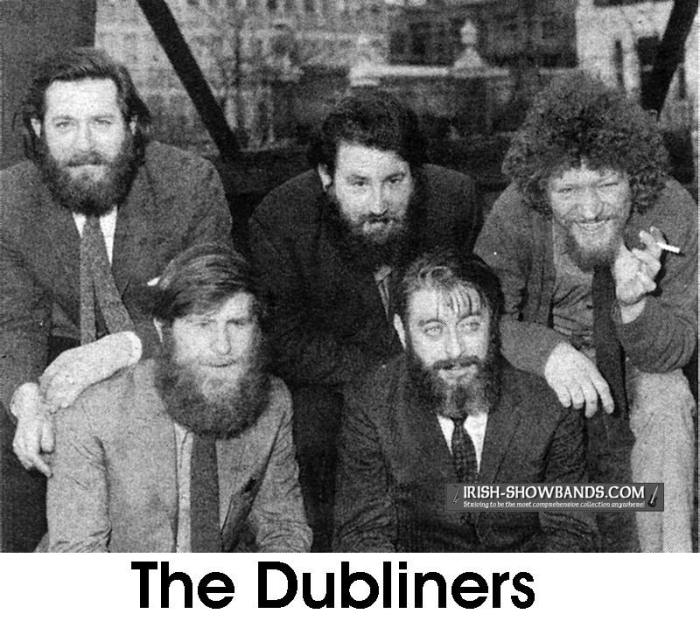Ready to step into the gritty streets of Dublin and witness the lives of ordinary people? James Joyce’s “Dubliners” isn’t your typical happy-go-lucky story. It’s a raw, unflinching look at the lives of Dubliners, showcasing their hopes, dreams, and the struggles that define their everyday existence.
Joyce uses these stories to expose the complexities of human nature, the paralyzing effects of social norms, and the search for meaning in a world that often feels indifferent.
This collection of short stories is a masterclass in literary technique. Joyce uses stream of consciousness, symbolism, and vivid imagery to paint a powerful portrait of life in early 20th-century Dublin. You’ll be captivated by his ability to capture the inner thoughts and feelings of his characters, making you feel like you’re right there beside them, experiencing their joys and sorrows.
Dubliners
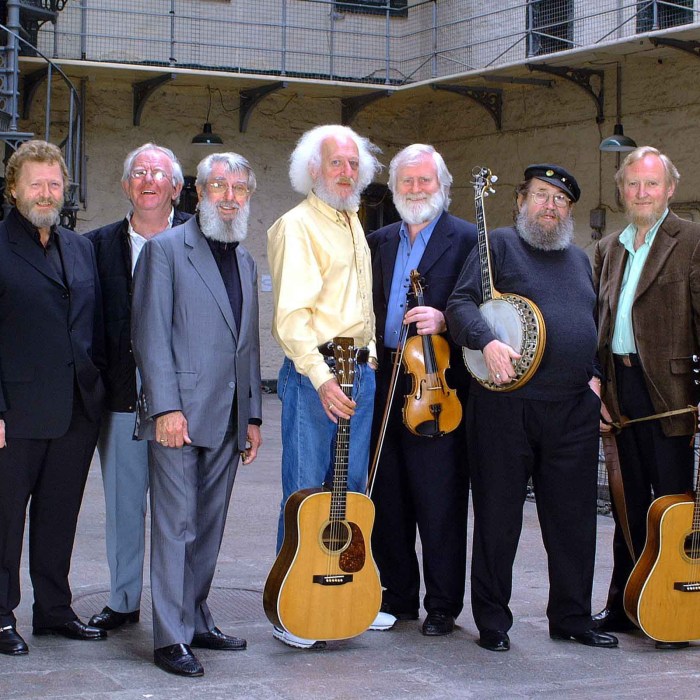
James Joyce’s “Dubliners” is a collection of 15 short stories that paint a vivid portrait of life in Dublin, Ireland, at the beginning of the 20th century. These stories are not just about the city itself, but also about the lives of its inhabitants, their struggles, and their dreams.
Through his characters, Joyce explores the complexities of human nature, the social and economic conditions of the time, and the impact of history on individuals.
The Significance of Dublin as a Setting
The city of Dublin is more than just a backdrop in Joyce’s stories. It is a character in its own right, a place that shapes and influences the lives of its inhabitants. The stories are set in a variety of locations throughout the city, from the bustling streets of the city center to the quiet suburbs.
These locations are not merely descriptive elements; they are integral to the themes and emotions of each story. For instance, the story “The Dead” is set during a snowy Epiphany, a time of reflection and revelation. The snow itself serves as a symbol of the characters’ isolation and the weight of their past.Joyce’s Dublin is a city of contrasts.
It is a place of both beauty and decay, of vibrant life and stifling tradition. The characters in “Dubliners” are often trapped in a cycle of routine and despair, their lives defined by the limitations of their environment. Joyce uses the city’s atmosphere to create a sense of claustrophobia and stagnation, highlighting the characters’ inability to break free from the constraints of their social and economic circumstances.
Social and Economic Circumstances of the Characters
The characters in “Dubliners” represent a cross-section of Dublin society. They come from different backgrounds, with varying levels of wealth and education. However, they are all united by their shared experiences of poverty, social injustice, and the stifling influence of tradition.Joyce’s stories explore the harsh realities of life for the working class in Dublin.
Many of the characters are struggling to make ends meet, facing unemployment, poor housing conditions, and limited opportunities. For example, in the story “The Dead,” Gabriel Conroy, a middle-class teacher, is aware of the economic struggles faced by his relatives, who are part of the working class.
Dubliners, James Joyce’s collection of short stories, explores the lives of everyday people in Dublin, Ireland. The stories are often bleak and realistic, reflecting the harsh realities of life in the city. But if you’re feeling stressed out by the real world, maybe you need to check out this awesome coloring book, Bold And Easy Large Print Coloring Book Blooming Flowers for Adults Seniors Dementia and Beginners to Stress & Anxiety Relief (Simple & Bold Coloring Book).
It’s full of beautiful flowers and super easy to color, so you can escape into a world of tranquility and creativity. Then, maybe you’ll be ready to dive back into the complex world of Dubliners!
He reflects on the social inequalities that exist in Dublin society.The stories also delve into the social and religious constraints that shape the lives of the characters. Dublin in the early 20th century was a deeply Catholic city, and its influence on the characters’ lives is evident in their behavior and relationships.
Many of the characters, particularly the women, are bound by traditional expectations and social norms. They are expected to conform to a specific set of values and behaviors, and their freedom of expression is often limited.
Everyday Events and Deeper Themes
Joyce’s brilliance lies in his ability to use everyday events to reveal deeper themes and insights about human nature. The stories in “Dubliners” are not about grand adventures or dramatic conflicts. Instead, they focus on the small moments and seemingly insignificant details that make up ordinary lives.For example, the story “Araby” centers on a young boy’s infatuation with a girl named Mangan’s sister.
The story follows his journey to a bazaar, hoping to buy her a gift, but his hopes are dashed when he finds the bazaar to be disappointing and disillusioning. Through this seemingly simple story, Joyce explores themes of innocence, disillusionment, and the limitations of the human experience.Joyce’s stories often feature moments of epiphany, where characters experience a sudden realization or understanding.
These moments are not always dramatic or life-changing, but they represent a shift in the characters’ perceptions and understanding of themselves and the world around them. For instance, in the story “The Dead,” Gabriel Conroy experiences an epiphany during a snowy night, reflecting on the lives of the people around him and realizing the interconnectedness of human existence.Through his use of everyday events and his focus on the internal lives of his characters, Joyce creates a powerful and enduring portrait of human experience.
“Dubliners” is not just a collection of stories about Dublin; it is a universal exploration of the complexities of life, love, and loss.
Dubliners, James Joyce’s collection of short stories, gives you a raw, unfiltered glimpse into the lives of everyday folks in Dublin. It’s like a peek into a real-life sitcom, but with more angst and less laugh track. If you’re looking to dive into the heart of Irish culture, Download And Listen Here and let Joyce take you on a journey through the streets of Dublin.
Thematic Explorations in Dubliners
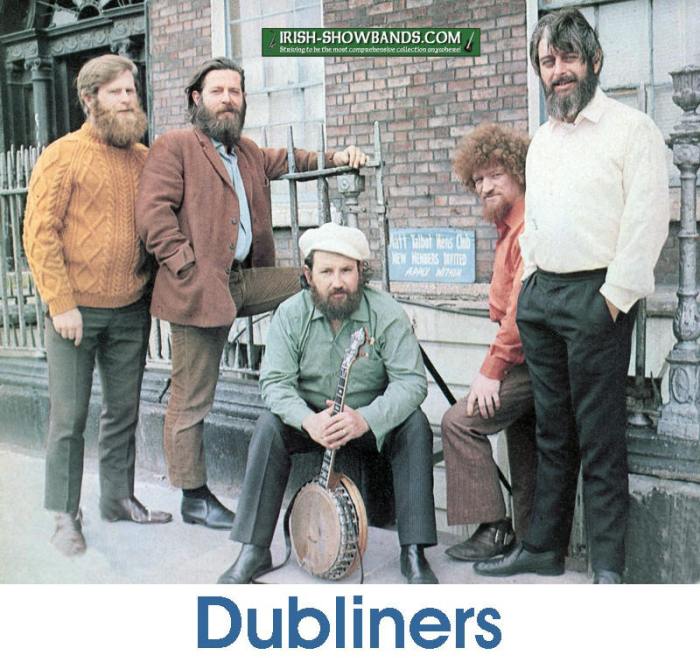
James Joyce’s “Dubliners” is a collection of fifteen short stories that offer a poignant and insightful glimpse into the lives of ordinary people in early 20th-century Dublin. These stories, while seemingly disparate, are united by a common thread of themes that delve into the complexities of human existence.
Paralysis
Paralysis, a recurring motif in “Dubliners,” encapsulates the characters’ inability to escape the confines of their stagnant lives. It manifests in various forms, including physical, emotional, and spiritual stagnation. The characters often find themselves trapped by societal expectations, personal fears, and a sense of disillusionment with their surroundings.
- In “The Dead,” Gabriel Conroy, the protagonist, grapples with the realization of his own limitations and the unfulfilled potential of his life. His inability to break free from the past and his fear of the future contribute to his sense of paralysis.
Dubliners, James Joyce’s collection of short stories, paints a raw picture of Irish life. It’s like a slice of life, man, but way more gritty and real. If you’re looking for a bio that captures that kind of raw energy, check out Jerry Lee Lewis A Life from Beginning to End (Biographies of Musicians).
It’s like the musical equivalent of Dubliners, full of highs and lows, and a whole lot of passion. Just like Dubliners, it’s a story that stays with you long after you’ve finished reading it.
Gabriel’s emotional paralysis is highlighted in his inability to connect with his wife, Gretta, who is deeply moved by a song that evokes memories of a past love.
- Eveline, the protagonist of “Eveline,” is paralyzed by her sense of duty to her family and her fear of the unknown. Despite her yearning for a new life with Frank, her lover, she ultimately chooses to remain in Dublin, unable to overcome her anxieties and societal constraints.
- In “The Sisters,” the narrator is paralyzed by grief and the inability to confront the death of his friend, Father Flynn. The narrator’s emotional paralysis is reflected in his inability to process the death of his friend and his fear of confronting the realities of mortality.
Disillusionment
The characters in “Dubliners” often struggle with disillusionment, a sense of disappointment and disillusionment with their lives, their dreams, and the world around them. They grapple with the gap between their aspirations and the harsh realities of their existence.
- In “Araby,” the young narrator’s romantic dreams of love and adventure are shattered by the harsh realities of life in Dublin. His journey to the bazaar, a symbol of his aspirations, ends in disappointment and disillusionment. The narrator’s disillusionment is underscored by the emptiness and disillusionment he experiences at the bazaar.
- The characters in “The Boarding House” are disillusioned by the emptiness and superficiality of their relationships. Mrs. Mooney, the landlady, manipulates her lodgers for her own financial gain, and the characters are ultimately left feeling exploited and unfulfilled.
- In “Clay,” the protagonist, Maria, is disillusioned by the monotony of her life and the lack of meaningful connection with others. She finds solace in her routine and the simple pleasures of her existence, but her life ultimately lacks depth and meaning.
The Search for Meaning
The characters in “Dubliners” are often on a quest for meaning in their lives. They grapple with existential questions about purpose, identity, and the nature of reality. The search for meaning often leads to feelings of isolation, alienation, and a sense of being lost in the world.
- In “The Dead,” Gabriel Conroy’s search for meaning is intertwined with his desire to connect with his Irish heritage and his longing for a deeper understanding of his own identity. His journey leads him to a realization of the universality of human experience and the interconnectedness of all people.
- The characters in “Counterparts” are trapped in a cycle of routine and drudgery, seeking meaning in their lives through acts of violence and self-destruction. Farrington, the protagonist, seeks solace in the temporary escape of alcohol, but his attempts to find meaning in his life ultimately lead to self-destruction.
- In “Ivy Day in the Committee Room,” the characters are grappling with the meaning of their lives in the context of political and social change. They are disillusioned with the political system and the lack of progress in their society, leaving them feeling isolated and powerless.
Literary Techniques in Dubliners
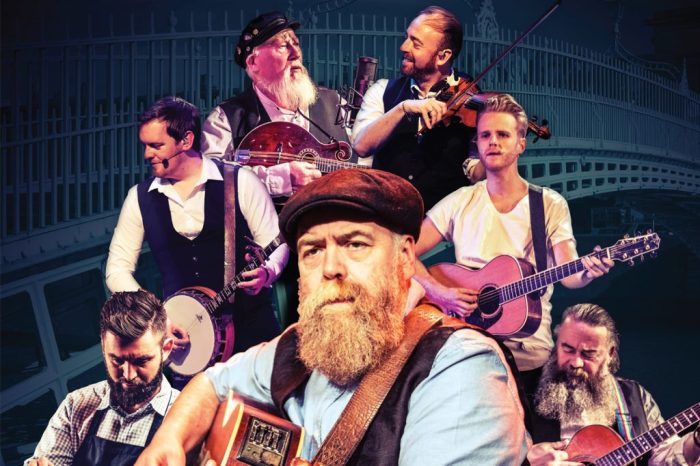
James Joyce’s “Dubliners” is a collection of short stories that delve into the lives of ordinary people in Dublin at the turn of the 20th century. Joyce masterfully employs various literary techniques to explore themes of paralysis, disillusionment, and the search for meaning in a seemingly stagnant society.These techniques contribute to the depth and complexity of the stories, drawing readers into the characters’ inner worlds and fostering a profound understanding of their struggles and aspirations.
Stream of Consciousness and Epiphany
Joyce’s use of stream of consciousness allows readers to experience the characters’ thoughts and feelings in a raw and unfiltered way. This technique is particularly evident in stories like “The Dead,” where the protagonist, Gabriel Conroy, grapples with his own mortality and the complexities of human relationships.
The stream of consciousness technique immerses readers in Gabriel’s internal landscape, revealing his vulnerabilities and anxieties as he reflects on the events of the evening.The concept of epiphany, a sudden realization or revelation that transforms a character’s understanding of themselves or the world, plays a pivotal role in many of the stories.
These moments of epiphany are often subtle and fleeting, but they leave a lasting impact on the characters and the reader. For instance, in “Araby,” the young protagonist experiences an epiphany when he realizes the futility of his romantic aspirations and the limitations of his own world.
“His soul had been in his boots; he had been tramping in the mire of the streets, hearing the dull thud of his own feet on the pavement. But his soul had flown out of his boots; his soul was in the air, in the clouds, in the stars, in the heart of the moon.”
This excerpt from “Araby” exemplifies Joyce’s masterful use of stream of consciousness, capturing the protagonist’s intense emotions and the sudden shift in his perception.
Dubliners, man, those stories really hit you in the feels. You know, like that whole “paralysis of analysis” thing? It’s like, you’re stuck in a loop of thinking about the same stuff over and over, but you can’t seem to break free.
It’s almost like what the author of Nonbinary A Memoir describes as their experience of being nonbinary. Like, they’re constantly questioning their identity, but they can’t seem to find a label that fits. Totally relatable, right? Anyway, back to Dubliners, it’s like Joyce was saying, “Yo, life is tough, but we gotta keep pushing through.”
Symbolism and Imagery
Joyce’s use of symbolism and imagery adds layers of meaning to the stories, enriching the reader’s understanding of the characters and their experiences. The recurring motif of paralysis, for example, symbolizes the stagnation and lack of progress that pervades Dublin society.The use of imagery, particularly in descriptions of the city, creates a vivid and evocative atmosphere.
Joyce’s descriptions of Dublin’s streets, pubs, and houses contribute to the sense of claustrophobia and disillusionment that permeates the stories.The stories often feature symbolic objects, such as the paralyzed boy in “The Sisters,” which represents the inability of the characters to escape their own limitations.
Joyce’s use of symbolism and imagery serves to create a rich tapestry of meaning, inviting readers to engage with the stories on multiple levels.
Book Review: Dubliners
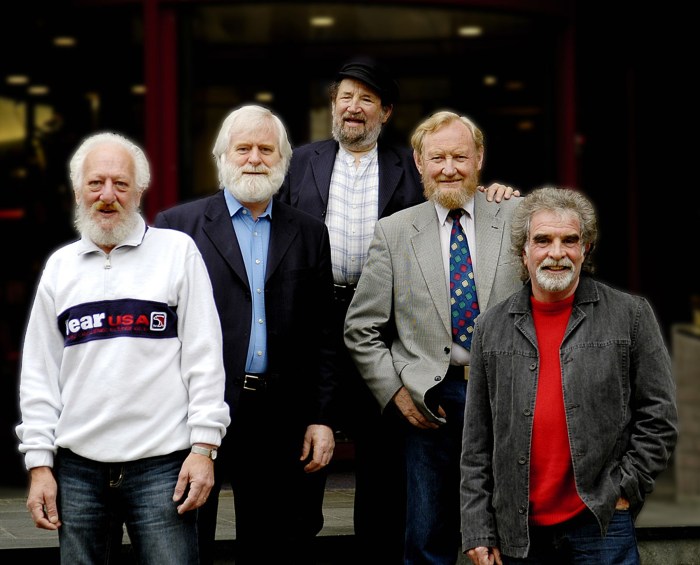
James Joyce’sDubliners* is a collection of fifteen short stories that explore the lives of ordinary people in early 20th-century Dublin. Joyce’s masterful use of realism, symbolism, and stream-of-consciousness techniques creates a vivid portrait of a city struggling with social, political, and religious constraints.
Summary of the Plot and Characters
The stories inDubliners* are interconnected by their shared setting and themes. Each story focuses on a different aspect of Dublin life, from the childhood experiences of the protagonist in “The Sisters” to the disillusionment and paralysis of the characters in “The Dead.” The characters are often ordinary people, struggling with everyday problems, but they are also deeply affected by the social and political changes happening around them.
The stories explore themes of paralysis, disillusionment, and the search for meaning in a changing world.
Analysis of the Themes and Literary Techniques
The primary themes explored inDubliners* include paralysis, disillusionment, and the search for meaning. The characters are often trapped in their own lives, unable to escape the constraints of their environment or their own minds. This paralysis is often a result of the social and political conditions of Dublin, but it is also a product of the characters’ own inner struggles.Joyce uses a variety of literary techniques to convey these themes.
His use of realism creates a sense of authenticity and immediacy. The stories are told from the perspective of the characters, and we experience their thoughts and feelings firsthand. Joyce’s use of symbolism adds another layer of meaning to the stories.
For example, the recurring motif of the paralysis in the stories can be seen as a symbol of the stagnation and decay of Dublin society.
Evaluation of the Overall Impact and Significance of the Collection
Dubliners* is a significant work of modern literature. Joyce’s masterful use of realism, symbolism, and stream-of-consciousness techniques created a new way of writing about the human condition. The collection’s impact on literature has been profound. It has influenced generations of writers and continues to be studied and enjoyed by readers worldwide.
The collection’s realism and psychological depth provide a unique perspective on the human experience, making it a timeless and relevant work of literature.
Recommendation for Readers
Dubliners* is a challenging but rewarding read. It is a must-read for anyone interested in modern literature, Irish literature, or the human condition. The stories are often bleak and depressing, but they are also deeply insightful and moving. They offer a glimpse into the lives of ordinary people, and they raise important questions about the nature of human existence.
Final Conclusion
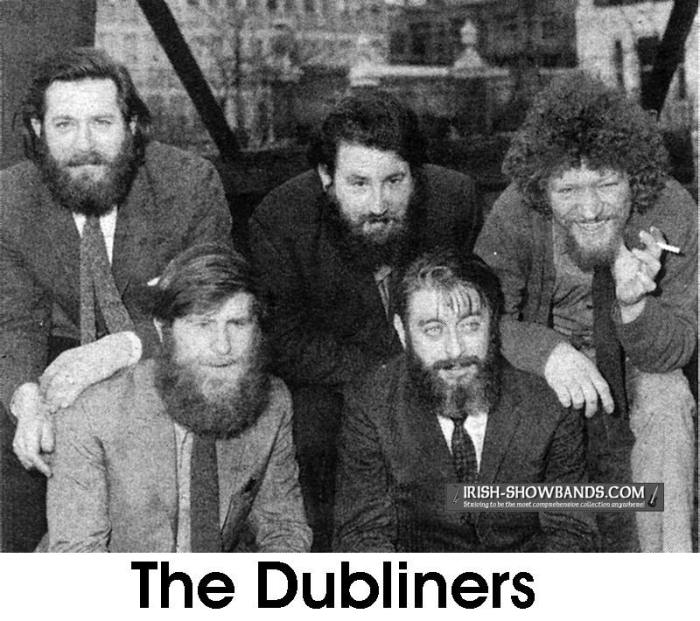
Whether you’re a literature buff or just looking for a compelling read, “Dubliners” is a must-read. Joyce’s brilliant writing will leave you thinking long after you’ve finished the last story. So grab a cup of tea, settle in, and prepare to be transported to the heart of Dublin, where the stories of ordinary people become extraordinary.
Common Queries
What makes “Dubliners” so significant in literary history?
It’s considered a groundbreaking work of modernism, pushing the boundaries of storytelling with its use of stream of consciousness and its unflinching portrayal of everyday life.
Why is Dublin such a crucial element in the stories?
Dublin serves as a character itself, shaping the lives and experiences of the characters. The city’s atmosphere, social dynamics, and physical spaces are interwoven with the stories, adding depth and meaning.
What’s the deal with the “paralysis” theme?
Joyce explores how societal expectations, personal limitations, and fear can trap individuals in a state of stagnation and prevent them from achieving their full potential.
Is “Dubliners” a happy book?
Not exactly. It delves into the darker side of human experience, but it also offers moments of beauty, hope, and resilience.

